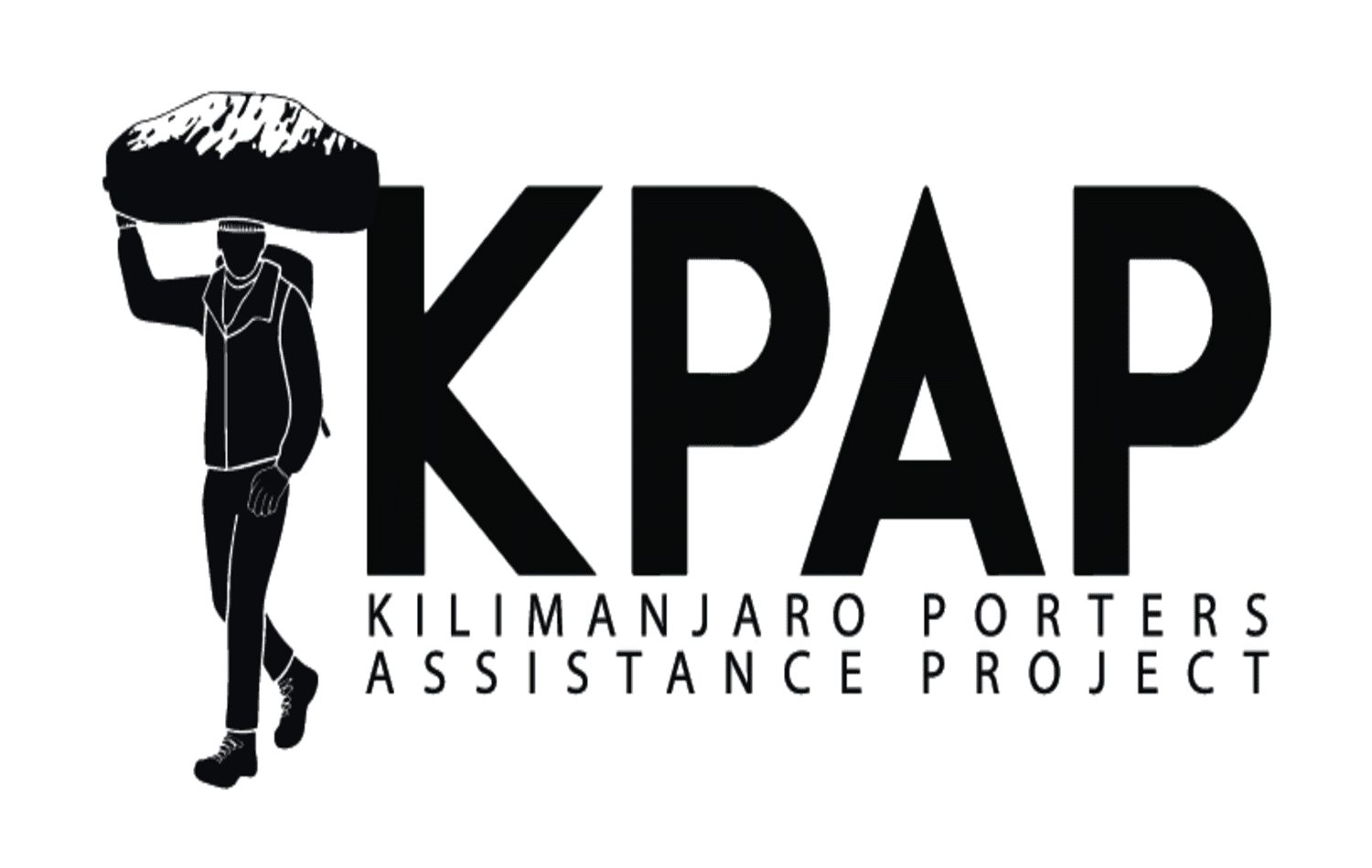Climbing Mount Kilimanjaro (5,895 meters / 19,341 feet) is a remarkable adventure, but due to its high altitude, harsh weather, and physical challenges, climbers must be prepared for potential emergencies. In case of sickness, injury, or extreme fatigue, rescue operations are available to ensure the safety of climbers.
Before discussing the rescue process, it’s important to know the common dangers that might require evacuation:
1. Altitude Sickness (AMS, HAPE, and HACE)
AMS can be treated by descending, but HAPE and HACE require immediate evacuation.
2. Physical Exhaustion and Fatigue
3. Injuries and Falls
4. Severe Weather Conditions
Kilimanjaro has two main types of rescue services:
1. Helicopter Evacuation by Kilimanjaro Search and Rescue (SAR)
Kilimanjaro SAR is the only air rescue service on the mountain, providing helicopter evacuations for critical emergencies.
How It Works:
Important Notes About Helicopter Evacuations:
2. Ground Rescues by Guides and Porters
For mild to moderate cases, ground evacuation is the only option.
How It Works:
Ground evacuations take longer than helicopter rescues and can be challenging on steep and rocky trails.
3. Kilimanjaro National Park Rangers
The park rangers, stationed at checkpoints and huts along the routes, play a role in rescues by:
The best way to avoid emergencies is through proper preparation and safety precautions:
1. Choose a Longer Route
2. Train Before Your Climb
3. Acclimatize Properly
4. Stay Hydrated and Eat Well
5. Get the Right Travel Insurance
6. Listen to Your Guides
1. Can I get rescued from the summit?
No, helicopters cannot fly above 5,000 meters. If you need evacuation from Uhuru Peak (5,895m), you must descend on foot to Barafu Camp first.
2. How much does a Kilimanjaro rescue cost?
3. How long does it take to get rescued?
4. What happens if I refuse to descend?
While Kilimanjaro rescue services ensure climbers’ safety, the best approach is prevention. By choosing the right route, training properly, and taking precautions, you can reduce risks and have a successful climb.
If an emergency occurs, trust your guides and the rescue teams—they are trained to make the right decisions for your safety. Climbing Kilimanjaro is an adventure of a lifetime, and staying informed about rescue procedures can make all the difference in having a safe and unforgettable experience!



TERMS AND CONDITIONS | AFRICAN SAFARI | PRIVACY POLICY | REFUND POLICY | FOR TRAVEL AGENCIES | HOTELS IN TANZANIA | OUR BLOG
© 2025 Shiri Adventures